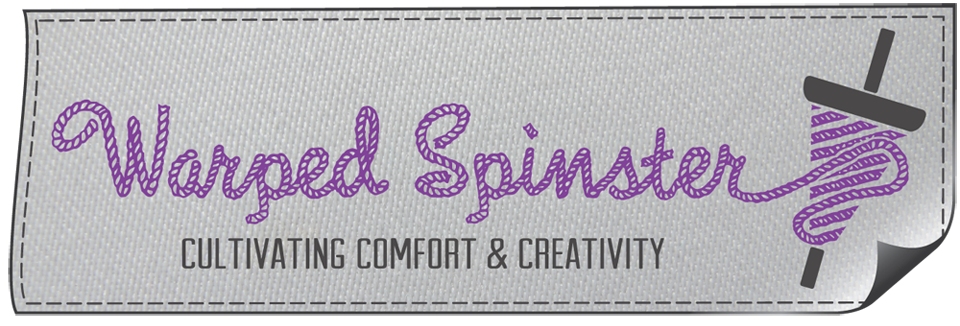A few months ago I embarked on a 12 week challenge to design quilts based on....well, whatever. One of the challenges was issued by my friend Ann, who presented me with the theme of "different paths." Here are some of the designs I produced:
And here's the final design. In the end I decided to call it "Between Two Rivers," which is the meaning of 'Iowa." Yes, the Missouri and Mississippi Rivers, which bound Iowa on two sides, run north and south, rather than east and west. I'm chalking it up to artistic license.
I began by auditioning fabrics for the "fields." Some of the greens made it, some didn't. Iowa has two primary field crops: corn and beans, so two greens would probably have been sufficient, but other crops ARE grown, and where's the fun of just two fabrics?
Then it was a question of deciding on lengths, widths and proportions of the fields. That was just a lot of trial and error, and deciding what I liked.
It seemed to me that the fields/quilt needed some "pop" and a deep rich brown--for the rich Iowa soil--would be just the ticket. Narrow strips were all it needed, on just one side of each field.
Laying out the curves of the rivers was next. That was not as easy as you might think; lots of trial and error, again.
I hand-appliqued the rivers, because I like hand applique and I thought it would be better. I think, were I to do this quilt again, I would machine applique the rivers; there's a bit of a wave--literal--where the rivers cross the quilt and some of that may be due to extra 'give' in the curves as I appliqued. (Bless those quilters at a recent trunk show who looked at me, all innocence, and said, "Rivers SHOULD have some wave to them.")
Next was the quilting, and the quilt was set aside for awhile as I worked out how I wanted to quilt it. Decision time.
The river quilting was easy, and fun; with blue thread I just moved along in curves across the width of the rivers, sometimes crossing, sometimes running (sort of) parallel. I did the rivers first, to stabilize the quilt before doing the rest of the quilting.
The fields are quilted in lines,as if plow lines. Most of them are 1/4" apart (talk about a challenge), though a couple are 1/2" apart. Some are vertical, some are horizontal, some are diagonal, and one has curved lines. The thread is the same color of green, on all the fields.
Straight lines are much easier on a domestic machine (at least, for me) but the quilt is quite large and I'm just not good at managing bulk when quilting on a domestic machine. The biggest challenge in quilting on Molly, the longarm, is getting long, straight lines, because she doesn't have a channel lock, or means to do circles or diagonals. That means using rulers.
Using rulers means using a platform extended, so there's enough support for a ruler as you press on it to hold it in place.
I tried a few different rulers. I thought the ruler to which I'd attached some non-slip dots would be best, but it turned out that those were a hindrance, as sliding the ruler as I quilted the lines was crucial. The ruler I used didn't have a 1/4" line on it, so blue painter's tape acted as the guide for the 1/2" lines. (The edge of Molly's hopper foot is 1/4" from the needle, so running the foot along a ruler automatically makes a line 1/4" from the ruler's edge.) Note the seam ripper. It got good use.
It took some time to get the hang of the best method for me. I had to slide the ruler as I moved along, and I slid it when I was only about halfway along the length; any more than that and I lost control of the ruler. Once I found the rhythm it worked pretty well.
The curves were a whole other story. I started them out by using a circle ruler, with lines scribed on perpendicular diameters to make it easy to place the circles so they are concentric. That works fabulously well--for circle sizes for which you have a ruler. :-) I didn't have very many sizes. I don't think anyone makes circles in that many sizes.
So, I tried several methods to do nice, even curves. I never did find anything that worked as well I would have liked. I tried drawing the curves and following them 'free-hand" but I'm not very good at doing that, even when following panto patterns with a laser light. Then I tried using a straight ruler to keep me from slipping, curving the ruler along the previous quilting line. That worked better, but still not as well as I wished. Consequently, I'm pretty sure that no self-respecting farmer would plow his fields/contours this unevenly. Maybe next time.
The background was done much the same as the rivers. It was quilted as I rolled the quilt, using white thread, so you see the texture, not the thread.
In the end, I really like the quilt. I think it will probably be washed, so it will have that charming "crinkled" look. For now, I'm enjoying it on the wall behind Molly.

















